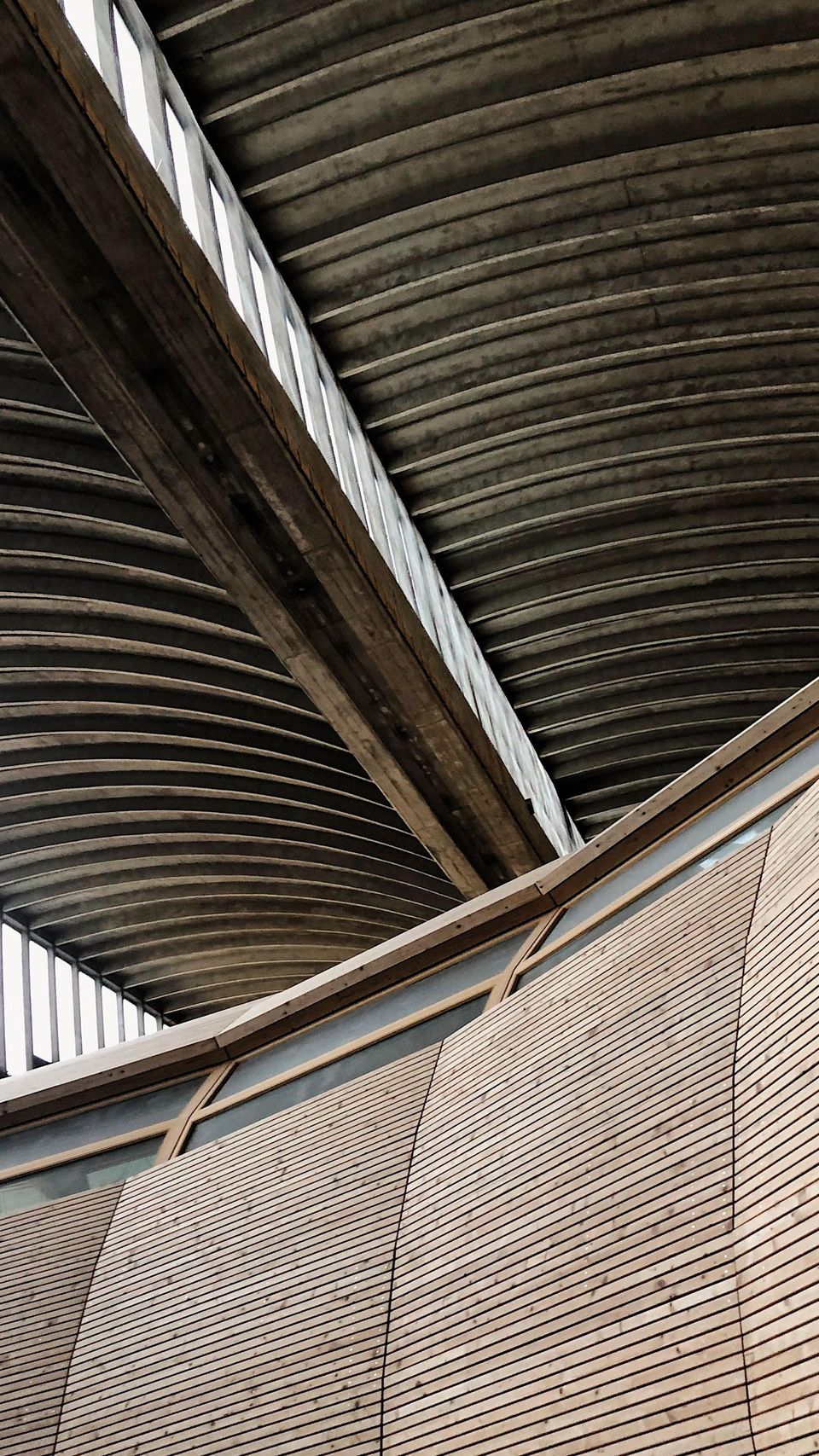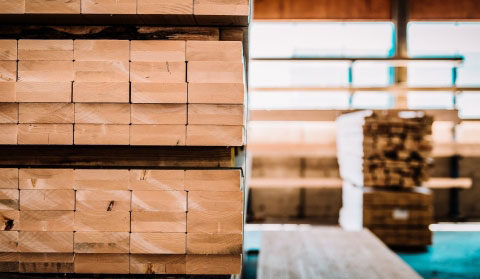
Urban building
of the future
Creating affordable living space with a high quality of life quickly is one of the most pressing issues facing cities today. As climate change increases the demands on the sustainability of building materials, timber construction can provide important urban planning impetus and play an increasingly important role in the urban construction of the future – also for subsidised housing on a large scale. On the one hand, climate targets can be achieved more quickly with timber buildings, and on the other hand, multi-storey residential buildings can be realised quickly, economically and precisely using timber or hybrid construction methods, while at the same time offering a high degree of architectural design freedom.
Thanks to slim timber frame exterior walls, we at Rubner maximise the use of valuable living space and also offer residents optimum thermal insulation. For example, windows, sun protection, living space ventilation, finished surfaces and plumbing work are integrated into our prefabrication during the production of the walls. Thanks to this high degree of prefabrication for building envelopes, our on-site assembly is very fast and largely independent of the weather, so that the interior work can follow seamlessly.
Residential complexes, student residences and sports halls made of wood
A new building with flats, commercial space, guest flats and communal facilities has been constructed in Munich Domagkpark residential complex. There are 74 subsidised and privately financed flats on 7,400 m² of floor space, with shared flats and small flats accounting for around a third of the area. We realised the entire building envelope for the two four- and seven-storey structures from prefabricated timber elements.
The Rhineland-Palatinate Ministry of the Environment subsidised the overall concept for the new student union in Trier and awarded it the state climate protection badge. The new building offers students new living space in 110 barrier-free flats Modern student residence, Trier. We realised it with exterior walls in timber frame construction, interior walls in drywall and cross-laminated timber construction, ceilings in timber-concrete composite construction and roof elements in timber construction. Thanks to prefabrication, we were able to complete the timber construction in just six months.
For nine triple sports halls in Berlin, we developed a modular, repetitive basic structure for the playing and usable areas. Depending on the number of spectators, however, the halls differ in their spans.
Individual projects conceived and realised in series
The examples show: Rubner buildings are always individual and unique. However, we also enable planners and clients to think serially about individual and large-volume projects from the outset in order to achieve maximum economic efficiency. For us, serial construction always has an individual basis, as the requirements of the project define the specific requirements for serial construction. Where possible, we plan serially with clearly defined, optimised processes and manufacture with the maximum degree of prefabrication.
We rely on flexible island production, which is customised to the needs of the respective project in our factories. The maximum prefabricated elements are then assembled just-in-time on the construction site so that the surrounding area is disturbed as little as possible by the construction work.
With our customised planning and serial implementation with a high degree of prefabrication, we enable construction with the sustainable and renewable raw material wood on a large scale and thus offer urban housing associations new impetus for urban construction.
Timber & hybrid construction for
living space in Munich
A current, pioneering example of urban construction is being built in Munich-Feldmoching: 640 new flats are being built on an 8.4 hectare site, one third of which belongs to the city of Munich. The plans include multi-storey flats for different income groups. 30 per cent will be subsidised housing. We are supporting Münchner Wohnen in the construction of affordable housing and bringing the renewable raw material wood into the city.
On two building plots, we are constructing two so-called cluster courtyards for a total of 162 flats in eight buildings according to the plans of dressler mayerhofer rössler architekten und stadtplaner and the structural engineers Mayr | Ludescher | Partner.
A cluster courtyard consists of two four-storey buildings with a square floor plan and two three-storey buildings with a rectangular floor plan. For the four-storey buildings of KfW Efficiency House Level 40, we are erecting building shells in element construction, while the three-storey buildings are constructed in timber with a supporting structure and timber façade. Since April, the first of the eight buildings have been rising rapidly despite the cramped construction site situation thanks to parallel shell construction work.
In this project, we are responsible for the workshop and assembly planning, the prefabrication of structural components, elements and ceilings as well as for the assembly and the prefabricated concrete parts in the loggia area. The degree of prefabrication is maximised – this enables a high and smooth assembly speed. The building envelope of a 4-storey point block is completed in just over two weeks.


